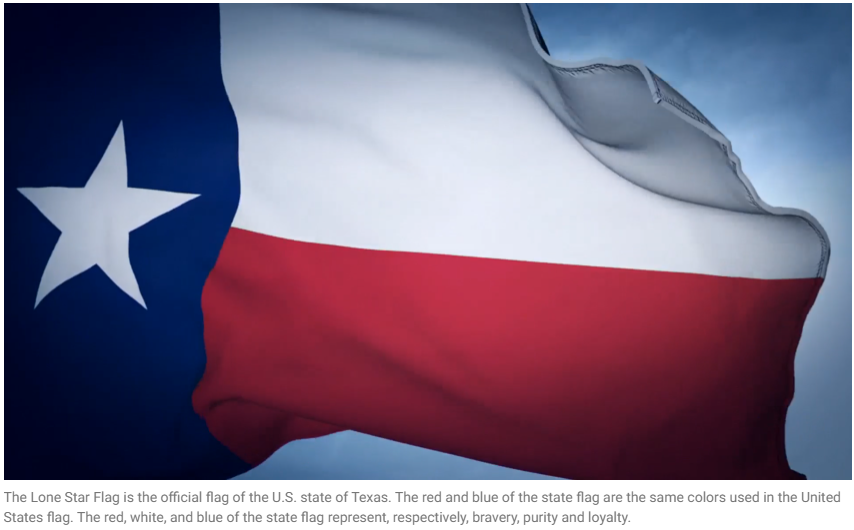The official quarters of the Naval Academy’s superintendent are being renamed to honor the Navy’s first flag officer, the military’s latest step in removing the names of Confederate troops from bases and facilities.
Going forward, the superintendent’s residence will be known as Farragut House, after Adm. David Glasgow Farragut, a Civil War hero who became the first naval officer appointed rear admiral, vice admiral and admiral in the 1800s, according to the Navy.
Born the son of a Spanish immigrant in 1801, Farragut was appointed a midshipman at the tender age of 9 and later coined the iconic phrase, “damn the torpedoes, full speed ahead!”
He chose the Union during the Civil War, leaving his home in Norfolk, and led the fleet during the Battle of Mobile Bay, where he captured two confederate ships, according to the Navy.
“Admiral Farragut was a true American hero,” Del Toro said in a statement. “He had a choice during the Civil War and he chose loyalty to the Union, which required moral courage.”
Before the name change, the superintendent’s house had been named after Franklin Buchanan, the academy’s first superintendent who joined the Confederacy and later commanded several naval battles that killed hundreds of U.S. sailors.
The 34-room residence was named after Buchanan in 1976, according to the Navy.
The renaming comes as the result of a Defense Department Naming Commission that has in recent years outlined a host of military assets across the branches that required renaming due to their Confederate ties.
The Navy has already renamed two ships that had Confederate namesakes, and street names across Navy and Marine Corps installations will be changed by the end of this fiscal year, according to the sea service.
The Navy also has removed the name of a member of the Confederacy from another building on the U.S. Naval Academy’s campus and renamed the hall after former President and “Ring Knocker” Jimmy Carter. The building, constructed in the early 1900s, was originally named after Matthew Fontaine Maury, an oceanography pioneer — known as the “pathfinder of the seas” — who resigned his U.S. commission to serve in the Confederate States Navy.
The newly minted Carter Hall houses the academy’s political science and languages and cultures departments.
The naming commission’s report also calls for the Navy to change the name of Buchanan House and Buchanan Road, two academy fixtures named in honor of Franklin Buchanan, the academy’s first superintendent who joined the Confederacy, rose to the rank of admiral and commanded several naval battles that killed hundreds of U.S. sailors.
Both Naval Academy buildings were named after the traitors in 1915, when the “Lost Cause” notion propagated the idea that the Confederate effort was a righteous battle for the rights of southern states.
Approximately 25 percent of academy midshipmen joined and fought for the Confederacy in 1861, according to the commission report. The commission did not recommended a change to a column in Memorial Hall that lists academy graduates who died during naval operations in service to the Confederacy.
“The roll call simply states Confederate or U.S. service after the graduate’s name,” the commission report states. “Due to the limited factual nature of the roll call, the Commission believes it may remain as structured.”
The commission also recommended renaming the guided-missile cruiser Chancellorsville, which is named after the location of a Confederate victory, as well as a ship named after Maury. The Navy has not provided further details on those efforts.
Left unaddressed is the aircraft carrier John C. Stennis, which was named after the segregationist senator known as the father of the modern navy. Stennis fought Chief of Naval Operations Adm. Elmo Zumwalt’s efforts to implement cultural changes in the service in response to racial unrest, retired Navy officer John Cordle wrote in an October opinion piece calling for the carrier’s name to be changed.
“During a meeting with Zumwalt, Stennis opined that ‘they [Blacks] had come down from the trees a lot later than we did,’ according to Zumwalt’s memoir, ‘On Watch,’” Cordle wrote.
Earlier in his career, Stennis prosecuted three Black sharecroppers who, through torture, had been forced into a confession, thus winning convictions and death sentences that were eventually overturned by the U.S. Supreme Court, according to Cordle.
President Ronald Reagan named CVN 74 after Stennis in 1988.
“It would not only be historically correct, but morally correct, that this issue be directly addressed by Congress and the Navy,” Cordle wrote. “Without question, Stennis perpetuated and personified racist beliefs.”
Cordle noted that renaming the ship would honor past and present Stennis sailors, and included in his piece the thoughts of a Black junior Navy officer:
“We display artifacts that speak to our values, and we leave them to our children. It shapes the identity of who we are for future generations,” the officer said, according to Cordle. “Changing (Stennis’ name) would show that we have faced our history — and learned from it.”
–navytimes.com



